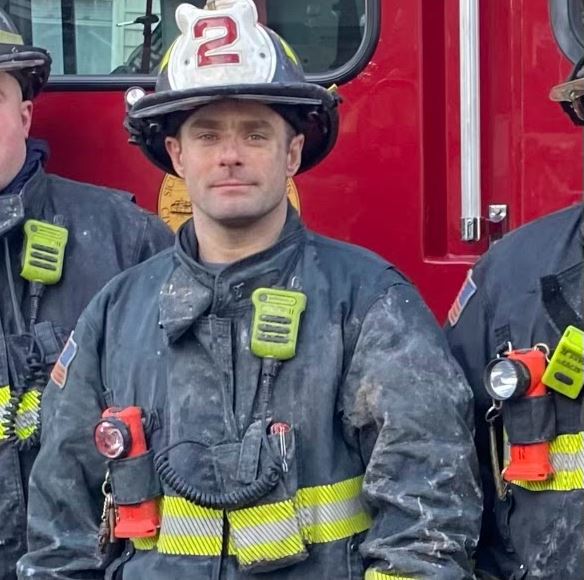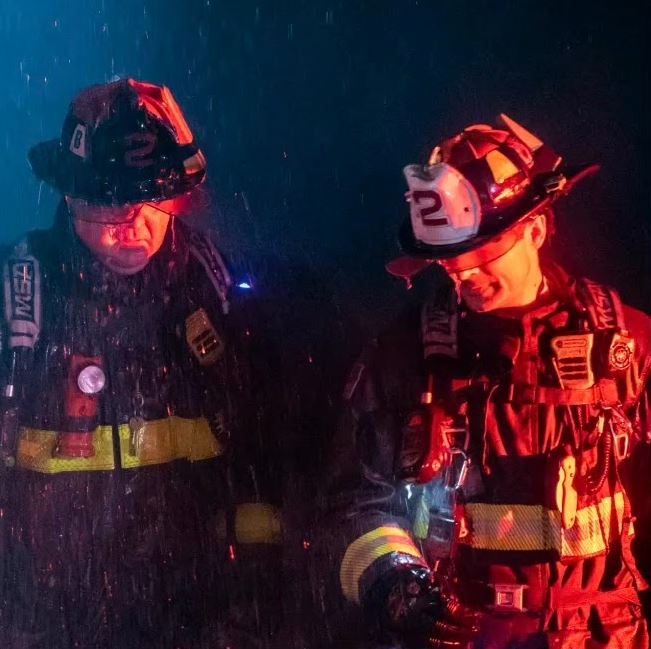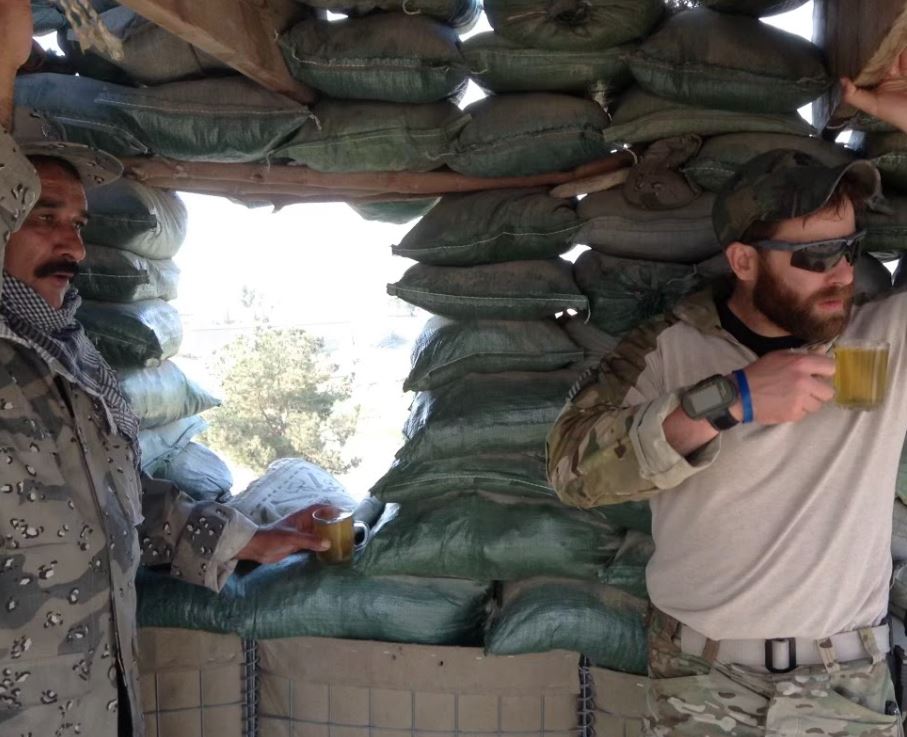Why I won’t temper my expectations when it comes to leadership
By Josh Stuart-Shor
via O2X


“It’s not the Special Forces, man. Temper your expectations.”
That was the warning I heard from several of my friends—both military and firefighters—when I left the Army and opted for a career in the fire service. Their words carried a fatalistic sense that I would be frustrated and underwhelmed. It spoke to a belief that the fire service was less intense or leadership driven than the U.S. Army’s Special Forces, where I had spent my formative years during the war on terror.
- Veterans Find New Home in Volunteer Fire Service
- Managing the Military Veteran Probie
- A New Generation of ‘Veteran’ Firefighters
Sitting here, several years later as a fire lieutenant at a major metropolitan department, I reject this sentiment. Yes, Green Berets and other special operators are elite. We’re well funded and highly trained, and there’s no better force to send into the fight against our nation’s enemies. However, what makes Special Forces so “special” isn’t the funding of the equipment or the designator. It’s a commitment to the fundamentals, reinforced by great leaders who leverage the strengths of their teams to accomplish the task at hand. I’ve now had the privilege of watching that leadership in action in the fire service and can attest that some of the best leaders I’ve met are not just Green Berets, but are also firefighters, senior men, and company officers.
Having served under and alongside some remarkable leaders in both the military and the fire service, I’ve seen several principles that hold true regardless of profession and social status. The most adept leaders don’t need to destroy morale and dress down their teammates and crew. They lead by example, demonstrating not just that high standards are expected, but that they are achievable. They know these high standards bring out the best in their people.
Next, these leaders understand that building a strong team dynamic is the absolute cornerstone of high performance. A cohesive team translates to an environment where all members want to carry their weight—not just for themselves, but for their teammates. When everyone wants to excel, the team thrives. When the team thrives, work is fun. When work is fun, people show up. Effective leaders know these steps, and they prepare their people to show up ready with positive attitudes.
Strong team dynamics come from leaders properly assessing their people and leveraging their individual strengths. While my crew is expected to meet the standard, each member brings a personal background and set of skills that help all of us exceed. One member spent years on an ambulance before joining the fire service. While I expect all my members to be competent EMTs, if my super medic is working, she’s running point. On a previous crew I worked on, another member was an avid rock climber and tech rescue technician. I expect everyone to be capable of tying their bowline or in-line butterfly knot, but if I need a knot tied under pressure, I’m going with my rock climber. The examples go on and on, but in the line of duty, leaders know their individual members well enough to harness their strengths.
The best leaders do not accept mediocrity so people can see them as “the cool boss” or a “good guy.” My colleagues sometimes like to remind me that they’re not Green Berets and I’m no longer a Special Forces team leader with the power to simply remove someone who isn’t reaching the standard. They’re right. I’m a company officer in the fire service. However, here’s what I tell them: firefighters have died in the line of duty in Boston, just as I’ve seen people die in combat overseas. Standards and expectations aside, this job can kill you. That knowledge is the root of my high expectations, and why I will not settle for mediocrity. We will train and prepare accordingly.


Lastly, good leaders build morale through shared hardship. While they delegate authority, they always maintain responsibility for the actions or inactions of the team. Nothing strengthens the team more than the camaraderie of a postfire kitchen table story time, with all high fives and handshakes. Great leaders recognize when things don’t go as planned and the stressors are high. When the elements are stacked against us, the great leaders are right next to their crew, directing them with words and actions. They never ask their firefighters to do something they won’t do, and those hardships are what build enduring team morale. When someone falters, the best leaders own and handle any misstep as their own failure.
I have been blessed to work in professions where I have seen the good, bad, and indifferent leadership. The best leaders are easy to spot not just in combat and on the fireground, but at the kitchen table, in the training room, even in drill school. I’ve watched firefighters with the lowest professional “pedigree” come into the job with the strongest leadership skills, then strengthen those skills with time, experience, and mentorship in the fire service. So let’s stop thinking of motivated leaders as elite members of special organizations. We need to recognize they are all around us, and sometimes we just aren’t looking.
Josh Stuart-Shor is a lieutenant with Boston (MA) Fire Department, Northeast client manager, and a lead instructor for O2X. As a member of O2X, Josh’s focus is ensuring that the needs of all our tactical athletes and client organizations are met through regular engagement and face to face coordination. Prior to O2X, Josh served in the United States Army, first as an infantry officer in the 82nd Airborne Division and then as a Green Beret in the 3rd Special Forces Group at Fort Bragg, North Carolina. His time in the military spanned multiple combat deployments across Iraq, Afghanistan, and Central Asia. His service includes several combat awards and decorations. From 2015 to 2016, Josh spent much of his on-duty time recovering from injuries sustained overseas at his unit’s Tactical Human Optimization Rapid Rehabilitation & Reconditioning Program (THOR3). It was here that Josh found his passion not just for maximizing his own performance, but helping others get back into the fight both physically and mentally.
O2X Human Performance provides comprehensive, science-backed programs to hundreds of public safety departments, federal agencies, and the military. O2X works with clients to elevate culture, improve mental and physical wellbeing, support healthy lifestyles, and reduce healthcare costs associated with injuries and illnesses. Driven by results and cutting-edge research, O2X programs are designed and delivered by a team of Special Operations veterans, high-level athletes, and hundreds of leading experts in their respective fields of human performance.

